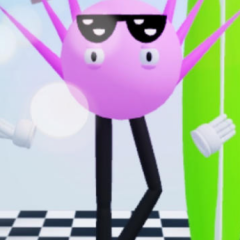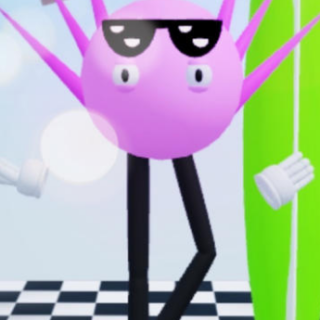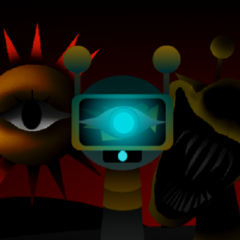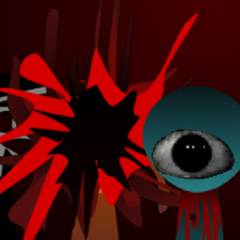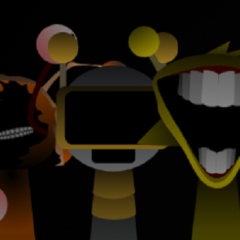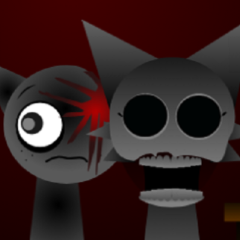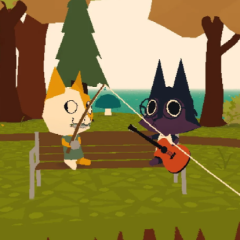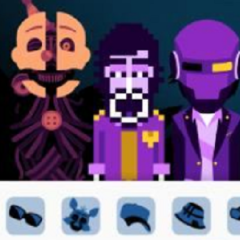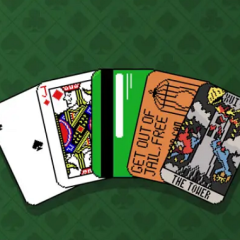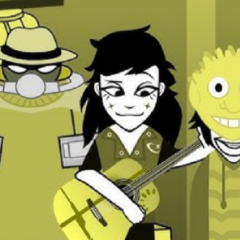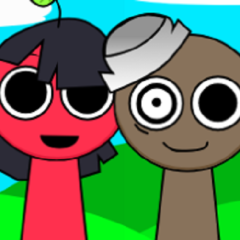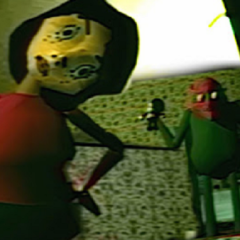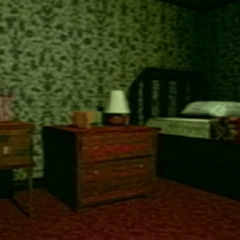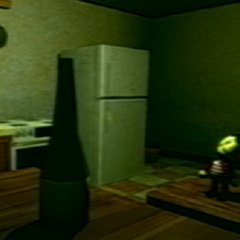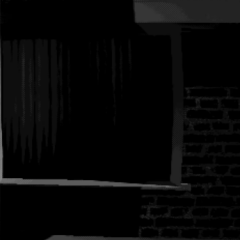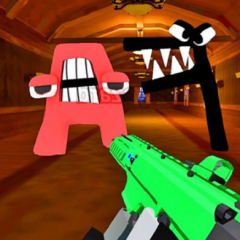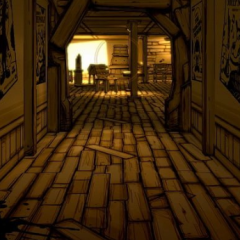KinitoPET is an interactive horror experience disguised as a friendly desktop companion. At first glance, it appears to be a nostalgic virtual pet simulator, complete with simple games and a helpful assistant-like mascot. However, the illusion fades as the software begins to respond in ways that feel too personal, gradually breaking down the barrier between game and reality. What begins as a playful program soon reveals a more unsettling nature beneath its surface.
A Virtual Companion That Knows Too Much
The game reacts to player input with increasing intensity. It remembers your answers, mimics your behavior, and alters how it interacts with you based on what it learns. The mascot, Kinito, may start by offering hints or asking harmless questions, but soon it begins to affect your desktop and mimic system-level actions. This creates the sensation that the game is more than just code—it begins to feel present, even self-aware.
What the Game Includes
Throughout the experience, players encounter features such as:
· Basic mini-games like painting and arcade-style challenges
· Questions that adapt based on your responses
· Faux system alerts and desktop modifications
· Sudden tonal shifts in music and dialogue
· Multiple paths and possible outcomes depending on choices
Each element contributes to a slow-building tension, as the game questions the line between play and control.
A Simulated Invasion of Privacy
Unlike real malware, KinitoPET doesn’t cause lasting changes or harm your files. However, it convincingly imitates behaviors that make players feel as though they’ve lost control. Fake warnings, altered interfaces, and eerily specific messages turn the game into a commentary on trust and data. Its scares are built not on jumpscares, but on digital intimacy—how a seemingly friendly program becomes invasive.
A Distorted Reflection of Nostalgia
KinitoPET uses an early-2000s aesthetic to lull players into a sense of comfort, only to twist that familiarity into discomfort. It’s a psychological experience where the real threat is how easily players accept intrusion when it wears a cheerful face. More than just a horror game, it’s an experiment in tension, control, and digital boundaries—asking what happens when your pet stops being cute and starts being real.

